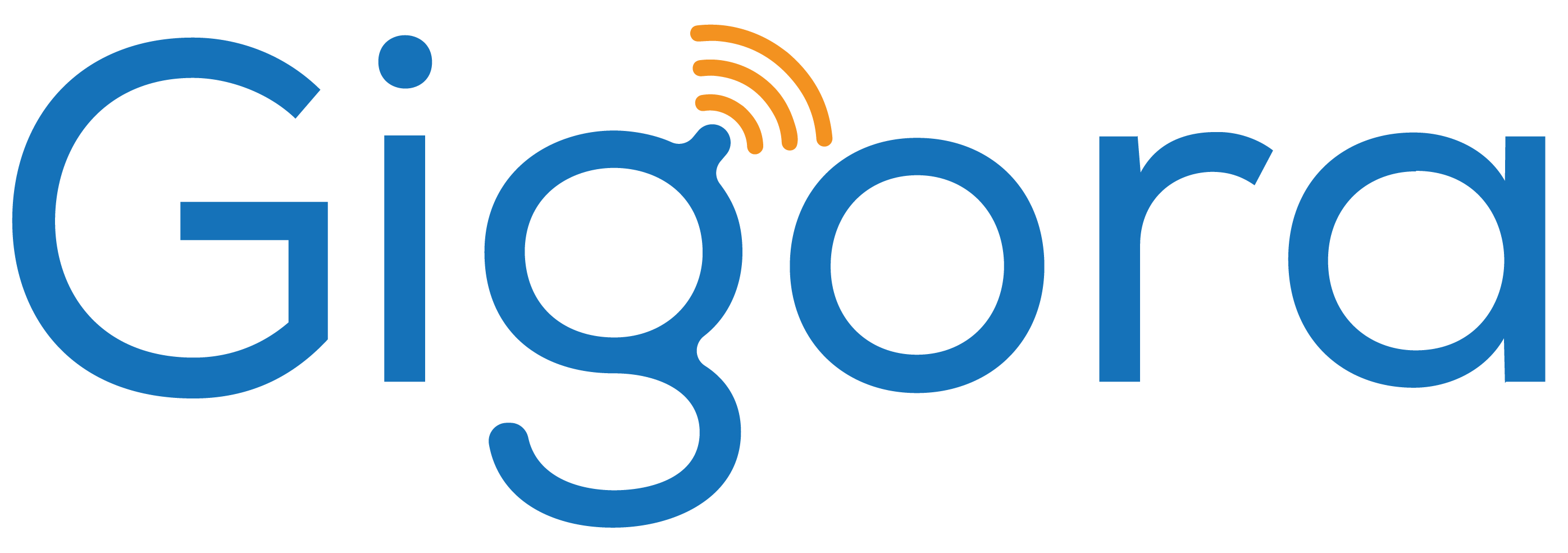[ad_1]
//php echo do_shortcode(‘[responsivevoice_button voice=”US English Male” buttontext=”Listen to Post”]’) ?>
Infineon Technologies’ purchase this month of Zurich-based startup 3db Access—considered a pioneer in developing and deploying ultra-wideband (UWB) technology—is designed to strengthen Infineon’s tech portfolio in car access, for starters, 3db Access CEO Boris Danev and Infineon’s Maurizio Skerlj told EE Times.
Established just over 10 years ago as an ETH Zurich spinoff, 3db Access is already a preferred IP provider for major automotive brands. Infineon wanted to add UWB to its portfolio and had been collaborating with 3db Access for three years, so the purchase seemed natural, strengthening Infineon’s portfolio for secured smart access, precise localization and enhanced sensing.
With the addition of 3db Access, Infineon now adds UWB to its connectivity range, including Wi-Fi, Bluetooth/Bluetooth Low Energy (BLE) and NFC solutions. The first set of IoT use cases it will target include secured access and authentication, accurate location tracking and indoor navigation, and presence detection using UWB radar implementations.

Infineon said it’s acquiring 100% of the company’s shares, but didn’t disclose the amount of the transaction.
Danev said that while 3db Access had reached a degree of success with its technology, the company needed to explore how it could further its technology research.
“We were actively looking for the right partner to bring UWB to the next level and realized the limitations of our previous business model in scaling up 3db,” he said, noting that the existing collaboration with Infineon made it clear that the pair had a shared vision. “While the main application today is secure ranging, we want to make the UWB standard stronger [clearly working with the standards body], to do things like handling streaming audio, and new flavors that utilize UWB’s unique capability.”
Infineon’s Skerlj noted the rise in the use of UWB tech for car access, saying it stirred Infineon to look at a system play that would include BLE, UWB, NFC and others. “We identified we could be a major player in this area, and there was a distinct and defined market window now for us to achieve this goal,” he said. “We looked around at IP players and saw that our strategy was very common [with 3db Access].”
The addition of 3db Access’ UWB tech will help Infineon’s IoT roadmap for leveraging market opportunities in secured, connected devices, and enable UWB roll-out in additional automotive, industrial and consumer IoT applications as the next logical step, Infineon said. According to ABI Research, the UWB chipset market is expected to grow 13% annually, to reach $3.1 billion by 2028.

Skerlj compared UWB tech today to where Bluetooth tech was 25 years ago: “There were specific applications for Bluetooth then, but now BLE is everywhere,” he added “In five to 10 years, we could find a similar proliferation of applications for UWB. We are just at the beginning of the UWB story.”
With 3db Access integrated into Infineon’s sensing and localization group, Infineon expects that with the UWB technology it will be able to create full system solutions with features that combine low-power consumption, enhanced physical layer security, feature-rich RF front-end configurations and localization-optimized hardware architecture.
“With Smartphone manufacturers adding UWB capability in the latest and future generations of their products, the demand for UWB-capable devices is expected to grow significantly,” Danev said. “Our mission is to open up the best of this technology to smartphones, as well as cars, and to enable standalone integration in low-power IoT devices. As part of Infineon, we will strive to enrich secured localization and sensing functionalities for major IoT and automotive applications. We are now evolving from an IP provider to a team of experts selling solutions from our own fabs.”
Infineon will maintain the strategic partnership that 3db Access has with ETH Zurich, thus allowing Danev and his team to develop the technology, as well as intensify collaboration in relevant standardization bodies for secured localization and sensing.
[ad_2]
Source link

